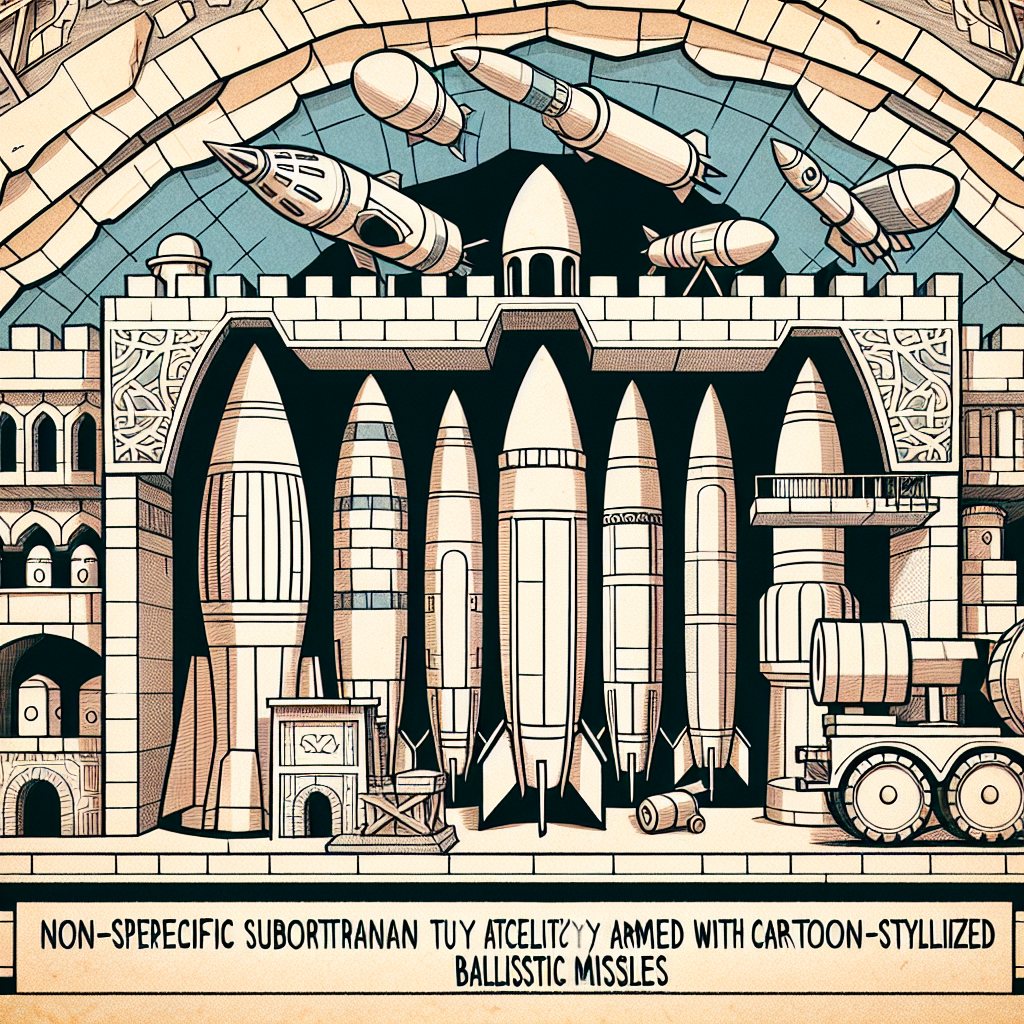Iran's Expanding Missile Facilities: Satellite Imagery Unveils Strategic Developments
Satellite imagery has revealed significant expansions at two Iranian ballistic missile sites, suggesting increased missile production. This follows a 2022 deal with Russia amid their conflict with Ukraine. U.S. officials confirmed the expansions, indicating missile and drone production boosts for Russia, Yemen's Houthi rebels, and Hezbollah.

Recent satellite imagery has revealed major expansions at two key Iranian ballistic missile facilities, a move assessed by American researchers to boost missile production, confirmed by three senior Iranian officials.
The site enlargements follow an October 2022 agreement in which Iran promised missiles to Russia for its conflict with Ukraine. Tehran also provides weaponry to Yemen's Houthi rebels and Hezbollah, components of the Iran-supported Axis of Resistance against Israel, per U.S. officials. Commercial satellite images taken in 2023 by Planet Labs display over 30 new buildings at Modarres military base and Khojir missile complex, near Tehran.
Experts found many structures surrounded by dirt berms, typical for missile production to prevent explosions from spreading, according to Jeffrey Lewis of the Middlebury Institute of International Studies. The expansions at Khojir began in August last year, and at Modarres in October.
Iran's arsenal, the largest in the Middle East with over 3,000 missiles, is set to grow further. Some new buildings will support drone manufacturing, with drones and missile components sold to Russia and provided to Houthi rebels and Hezbollah. Tehran's mission to the United Nations and related entities did not respond to requests for comment.
Spanning decades, the Shahid Modarres and Khojir facilities are central to Iran's missile and nuclear programs, associated with both the IRGC and Iran's supreme leader. A 2011 explosion killed 17 IRGC officers at Modarres, including the head of its missile program. Jeffrey Lewis and Decker Eveleth note that historical site expansions and new dirt berms indicate Tehran's heightened missile production.
(With inputs from agencies.)
- READ MORE ON:
- Iran
- ballistic missile
- expansions
- Russia
- Ukraine
- Yemen
- Houthi
- Hezbollah
- satellite imagery
- weaponry










